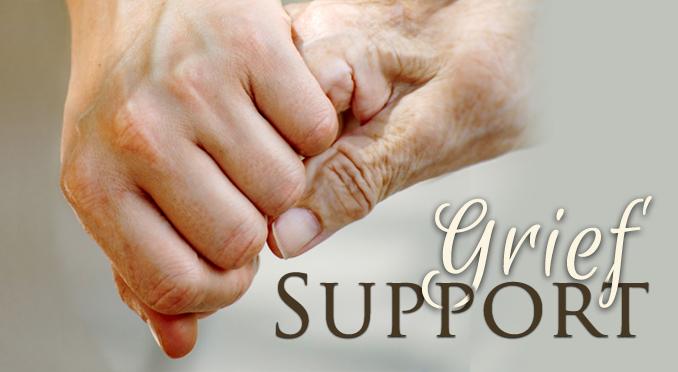Drawing on Experience
Dr. Sandra Graves leads you through an experiencial exercise that helps you understand the function of the emotions that accompany grief. By understanding that these emotions have a purpose, you gain control over them and that control gives you a sense of hope. Learn to explore the basic emotions of grief, mad, sad, glad, and scared and grow through your grief experience.
Excerpted from The Grief Recovery Notebook by Sandra Graves, PhD, ATR
Here’s a simple, practical exercise to help you understand what emotions you are most comfortable with and which emotions you might be feeling most often as you grieve. If they are not the same – and chances are, they are not – this will help you to understand some of the added conflict you may be feeling in the wake of uncomfortable emotions.
Get yourself four sheets of paper. You will also need some crayons or watercolor markers. Write “MAD” at the bottom of one piece of paper, “SAD” on the next, “GLAD” on the next, and “SCARED” on the last.
Now, draw what those feelings look like to you. You do not need to be representational and actually make something; rather, just think what is a “mad” color, a “sad” color, etc. What is a “mad” line or form? Is it jagged or smooth, rounded or does it have corners? Is it just a scribble? Any way you express it is okay. There is no correct way to do this.
Do this for each emotion.
When you have completed your drawings, lay them out in front of you on a table or spread them out on the floor. What do you see? What did you discover? Which drawing was the most difficult for you to do? Which was the easiest?
Arrange the drawings in a line from the easiest to the hardest. Do these drawings reflect the way you handle things emotionally? What emotion are you most comfortable with: anger, sadness, joy or fear?
Everyone is different and everyone has a “favorite” emotion – the one that you use most often. You may find that, as you grieve, you are using more of an emotion you don’t normally use. This is a good time to just be aware of how you experience yourself, your feelings, and your world.
Excerpted from The Grief Recovery Notebook.
Function junction
Your emotions have specific functions.
The function of anger is to make change.
The function of sadness is to deal with loss and to review and assess values.
The function of fear is to help you be alert to danger so you can gain information and survive.
The function of joy is to gain balance, from ecstasy to serenity.
Are you using your emotions in a way that will assist you in your recovery? Allow this exercise to help you understand how you are using your emotions as you grieve.





Comments